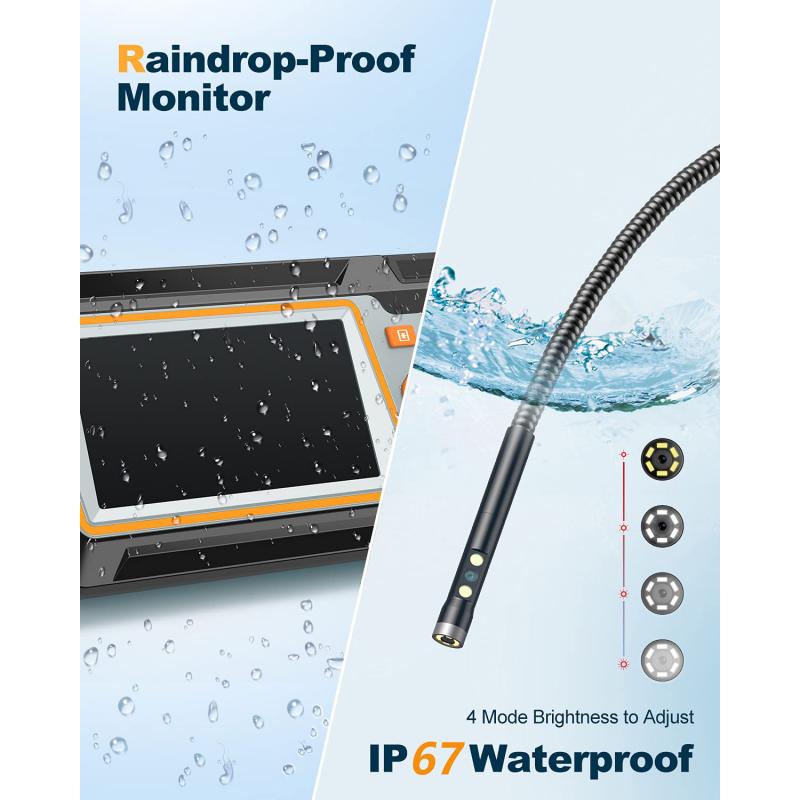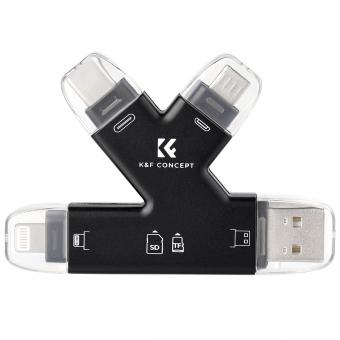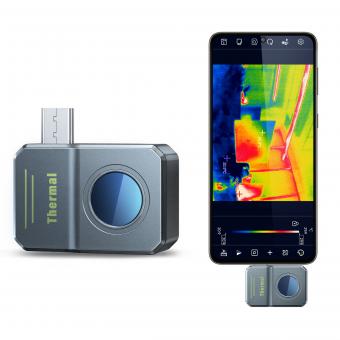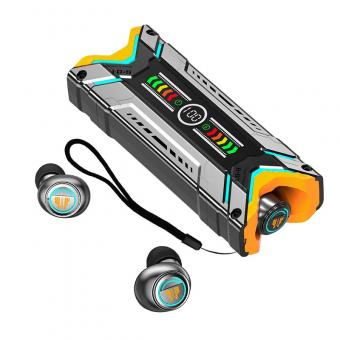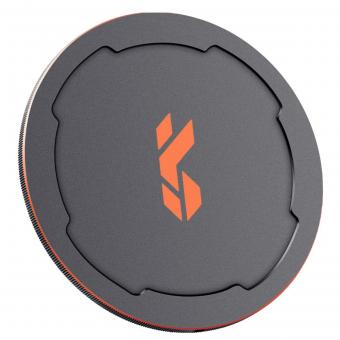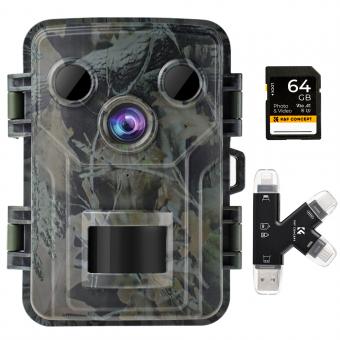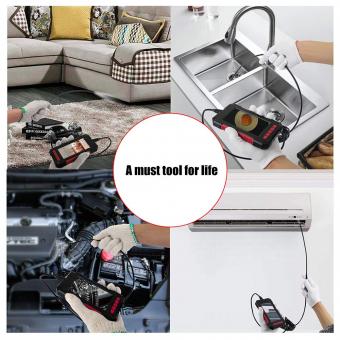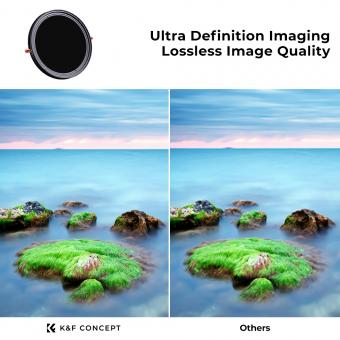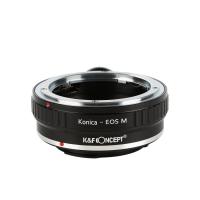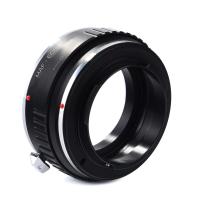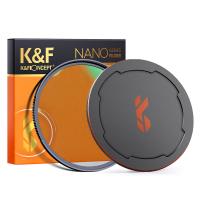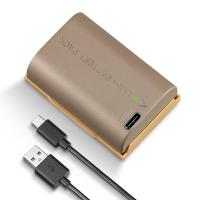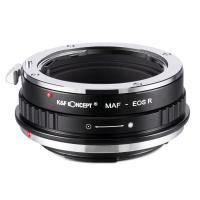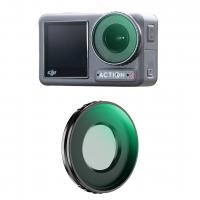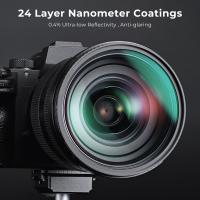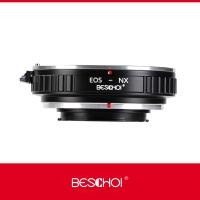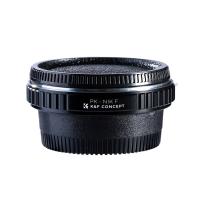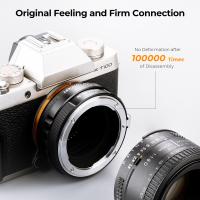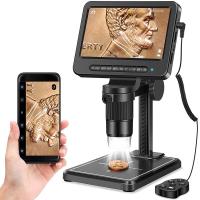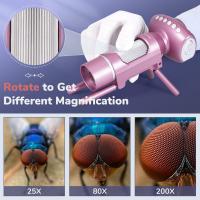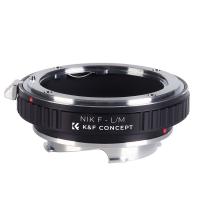How To Install Endoscope On Android ?
To install an endoscope on an Android device, you will need to follow these steps:
1. Check the compatibility: Ensure that your Android device supports USB OTG (On-The-Go) functionality. This allows the device to act as a host for external devices like an endoscope.
2. Purchase the endoscope: Buy an endoscope that is compatible with Android devices. Make sure it has a USB connector or a wireless connection option.
3. Connect the endoscope: If your endoscope has a USB connector, use a USB OTG adapter to connect it to your Android device. If it has a wireless connection, follow the manufacturer's instructions to establish the connection.
4. Install the endoscope app: Go to the Google Play Store and search for an endoscope app. There are several options available, so choose one that is compatible with your endoscope model. Install the app on your Android device.
5. Launch the app: Open the endoscope app on your Android device. It should automatically detect the connected endoscope. If not, follow the app's instructions to establish the connection.
6. Start using the endoscope: Once the connection is established, you can use the app to view the live feed from the endoscope camera on your Android device's screen. You can also capture photos or record videos if the app supports these features.
Remember to consult the user manual or contact the endoscope manufacturer for specific instructions related to your device model.
1、 Compatibility of Endoscope with Android Devices
To install an endoscope on an Android device, you will need to follow a few simple steps. Here is a step-by-step guide on how to do it:
1. Check compatibility: Before purchasing an endoscope, ensure that it is compatible with Android devices. Most endoscopes are designed to work with Android smartphones and tablets, but it's always a good idea to double-check the compatibility requirements mentioned by the manufacturer.
2. Download the app: Once you have confirmed compatibility, search for the corresponding app on the Google Play Store. Many endoscope manufacturers provide their own dedicated apps for Android devices. Download and install the app on your device.
3. Connect the endoscope: Connect the endoscope to your Android device using the provided USB or micro-USB connector. Some endoscopes may also support wireless connectivity via Wi-Fi or Bluetooth. Follow the manufacturer's instructions for proper connection.
4. Launch the app: Open the app on your Android device. It should automatically detect the connected endoscope. If not, check the app settings for any manual connection options.
5. Start using the endoscope: Once the app has successfully connected to the endoscope, you can start using it to capture images or videos. The app interface will provide controls for adjusting the camera settings, capturing media, and viewing the live feed from the endoscope.
It's important to note that the installation process may vary slightly depending on the specific endoscope model and app. Always refer to the manufacturer's instructions for the most accurate and up-to-date information.
In terms of compatibility, most modern Android devices should be able to support endoscopes without any issues. However, it's recommended to check the system requirements mentioned by the manufacturer to ensure compatibility. Additionally, keep your Android device's operating system updated to ensure optimal performance and compatibility with the endoscope.
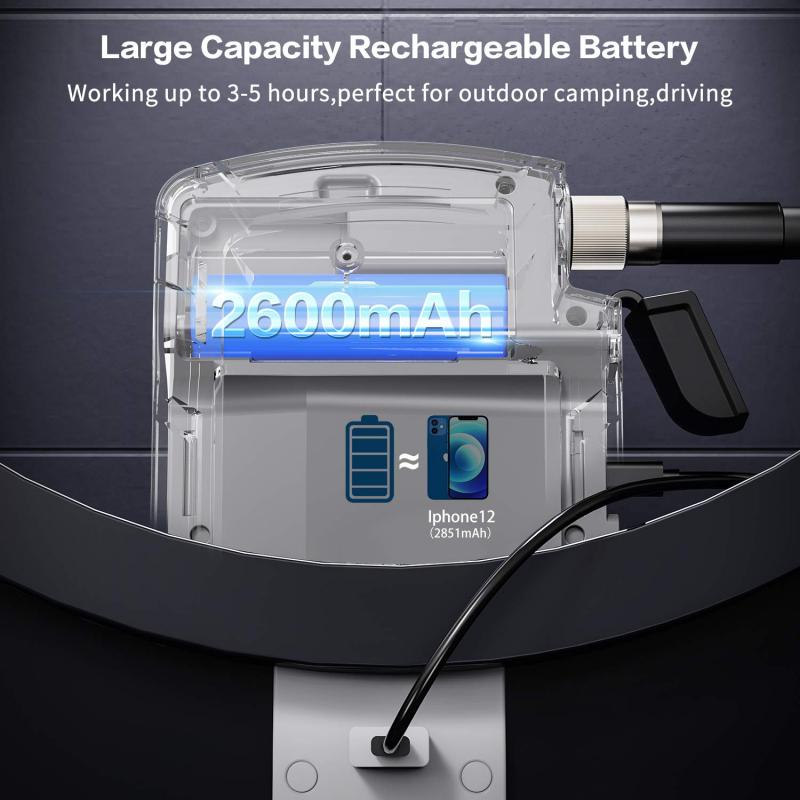
2、 Downloading and Installing the Endoscope App on Android
Downloading and installing the endoscope app on Android is a relatively simple process that allows you to use your smartphone as a display for an endoscope camera. Here's a step-by-step guide on how to install an endoscope on Android:
1. Open the Google Play Store on your Android device. This is the official app store for Android devices.
2. In the search bar at the top of the screen, type in "endoscope app" and press enter. This will bring up a list of available endoscope apps.
3. Look for an app that has good ratings and reviews. It's important to choose a reputable app to ensure compatibility and functionality.
4. Once you've found an app that you're interested in, tap on it to open the app's page.
5. On the app's page, you'll find a button that says "Install". Tap on this button to begin the installation process.
6. The app will now begin downloading and installing onto your Android device. This may take a few moments depending on your internet connection speed.
7. Once the installation is complete, you'll see a button that says "Open". Tap on this button to launch the endoscope app.
8. Follow the on-screen instructions to connect your endoscope camera to your Android device. This may involve plugging in a USB cable or connecting via Bluetooth.
9. Once your endoscope camera is connected, you can use the app to view the live feed from the camera and capture photos or videos.
It's important to note that the specific steps may vary slightly depending on the app you choose and the model of your Android device. It's always a good idea to consult the app's documentation or support resources for any specific instructions or troubleshooting tips.
In conclusion, downloading and installing an endoscope app on Android is a straightforward process that allows you to use your smartphone as a display for an endoscope camera. With the right app and a compatible endoscope camera, you can explore and capture images or videos in hard-to-reach areas.
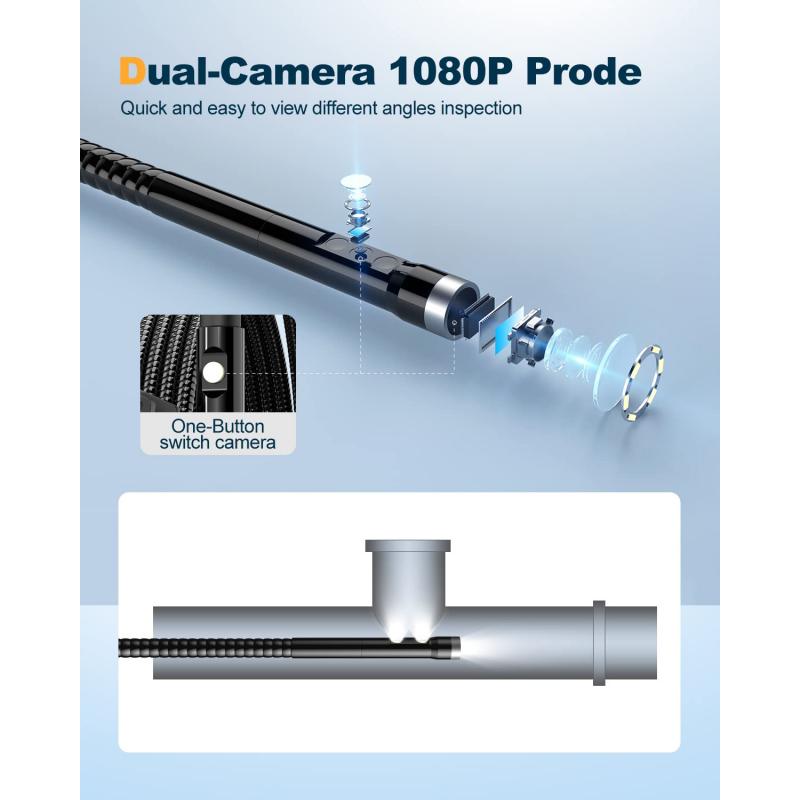
3、 Connecting the Endoscope to Android Device via USB/OTG
To install an endoscope on an Android device, you can follow these steps to connect it via USB/OTG:
1. Check compatibility: Ensure that your Android device supports USB On-The-Go (OTG) functionality. Most modern Android devices have this feature, but it's always good to double-check.
2. Get the right endoscope: Purchase an endoscope that is compatible with Android devices. Look for one that specifically mentions Android compatibility and has a USB connector.
3. Install the endoscope app: Go to the Google Play Store and search for an endoscope app. There are several options available, such as "CameraFi" or "Endoscope Camera." Install the app that suits your needs and has good user reviews.
4. Connect the endoscope: Plug the USB end of the endoscope into the USB/OTG adapter. Then, connect the adapter to your Android device's charging port. The endoscope should be recognized by your device.
5. Open the endoscope app: Launch the endoscope app on your Android device. It should automatically detect the connected endoscope. If not, try restarting the app or reconnecting the endoscope.
6. Start using the endoscope: Once the endoscope is successfully connected, you can use the app to view the live feed from the endoscope's camera. You can also capture photos or record videos directly from the app.
It's worth noting that the steps may vary slightly depending on the specific endoscope and app you are using. Always refer to the manufacturer's instructions for the best results. Additionally, ensure that your Android device is fully charged or connected to a power source to avoid any interruptions during use.

4、 Adjusting Endoscope Settings for Android Compatibility
To install an endoscope on an Android device, you need to follow a few steps to ensure compatibility and adjust the necessary settings. Here's a guide on how to do it:
1. Check compatibility: Before purchasing an endoscope, make sure it is compatible with Android devices. Look for endoscopes that explicitly mention Android compatibility in their specifications.
2. Download the app: Most endoscopes require a dedicated app to function properly on Android. Search for the app recommended by the endoscope manufacturer on the Google Play Store and download it onto your device.
3. Connect the endoscope: Connect the endoscope to your Android device using the provided USB or micro-USB connector. Ensure a secure connection.
4. Adjust settings: Open the app you downloaded and navigate to the settings menu. Here, you may need to adjust the resolution, brightness, exposure, or other settings to optimize the endoscope's performance on your Android device. The specific options available may vary depending on the app and endoscope model.
5. Test the endoscope: Once the settings are adjusted, you can test the endoscope by launching the app and viewing the live feed from the endoscope's camera. Make sure the image quality is satisfactory and the controls are responsive.
It's important to note that the steps above are general guidelines, and the specific process may vary depending on the brand and model of the endoscope you are using. Always refer to the manufacturer's instructions for the most accurate and up-to-date information.
As technology advances, newer endoscope models may offer wireless connectivity options, such as Wi-Fi or Bluetooth, eliminating the need for physical connections. These models often come with their own dedicated apps that provide a seamless experience on Android devices.
In conclusion, installing an endoscope on an Android device involves checking compatibility, downloading the appropriate app, connecting the endoscope, adjusting settings, and testing the functionality. Always refer to the manufacturer's instructions for the best results and stay updated with the latest advancements in endoscope technology.
